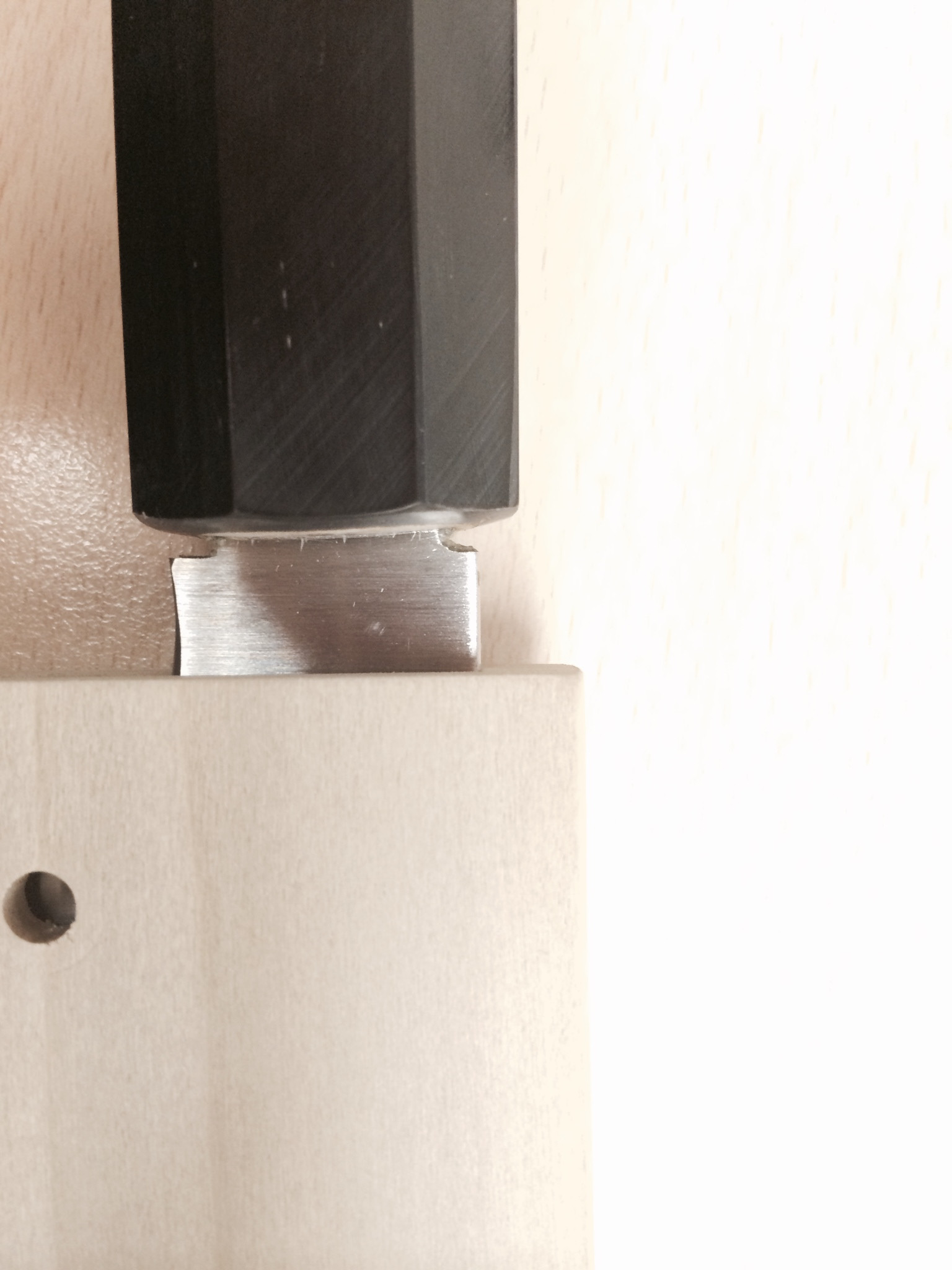I received my first handmade Japanese knife in the mail today - it's fantastic but there's one flaw that's somewhat hard to describe - from the wa handle there's a ~1mm stretch of the narrow tang sticking out before the blade starts to widen and curve. My concerns are about strength and possibly getting my middle finger pinched in there when taking a pinch grip. OTOH, knowing these are handmade knives I realize I could be worried about nothing. Just thought I'd solicit opinions on whether or not it's worth worrying about before I contact the shop.






